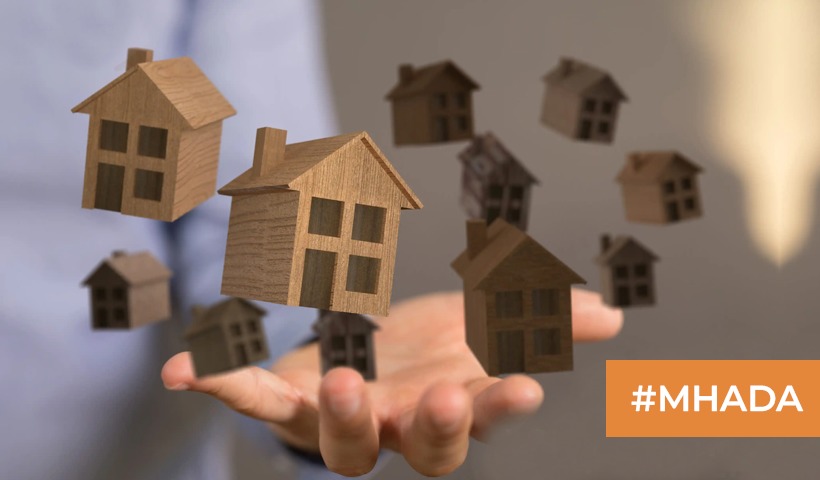Double the Home, Double the Lifestyle: Unpacking Duplex Houses!
Duplex houses have become a popular choice for many homeowners due to their unique design and versatile living arrangements. Whether you’re considering buying or building a duplex or simply curious about what they offer, this blog post will provide you with insights into the meaning, types, pros, and cons of duplex houses.
What is a Duplex House?
A duplex house is a residential building that contains two separate living units, usually with one unit stacked on top of the other or side by side. Each unit functions as an independent living space, complete with its own entrance, kitchen, bathroom, and living areas. Duplexes are a form of multi-family housing, offering two separate homes within a single structure.
Types of Duplex Houses
There are various types of duplex houses, each with its own architectural style and layout:
- Single-Story Duplex: This type features both units on a single floor, making it a convenient choice for those who prefer not to deal with stairs.
- Two-Story Duplex: In a two-story duplex, one unit occupies the ground floor, while the other unit is located on the upper floor. This layout offers more separation between the two units.
- Side-by-Side Duplex: Units in a side-by-side duplex are adjacent to each other, with a shared wall between them. This design is common in suburban areas.
- Stacked Duplex: Stacked duplexes have one unit above the other. The lower unit typically has a private yard, while the upper unit may have a balcony or deck.
Pros of Duplex Houses
- Rental Income: Duplexes provide an opportunity for rental income since you can live in one unit and rent out the other, helping offset your mortgage costs.
- Cost-Efficient: Duplexes are often more affordable to purchase and maintain than single-family homes of comparable size.
- Shared Maintenance: Some maintenance costs can be shared with the other unit’s owner, making upkeep more manageable.
- Space Flexibility: You can use one unit as a home office, guest space, or rental property, offering flexibility in how you utilize the space.
- Neighbor Proximity: Duplexes can foster a sense of community since you share a wall or property with a neighbor, making it easier to connect with others.
Cons of Duplex Houses
- Shared Walls: Noise can be a concern when sharing walls with neighbors. Soundproofing may be necessary for privacy.
- Limited Yard Space: Duplexes often have smaller yards compared to single-family homes, limiting outdoor activities.
- Potential Landlord Responsibilities: If you rent out one unit, you’ll take on the responsibilities of a landlord, including maintenance and tenant management.
- Shared Costs: While shared maintenance can be a pro, it can also be a con if the other unit’s owner is not cooperative or responsible.
- Zoning and Regulations: Local zoning laws may restrict the use of duplexes in certain areas, so it’s essential to check regulations before investing.
Conclusion
Duplex houses offer a unique blend of independence and shared living, making them an attractive option for various homeowners. Whether you’re interested in rental income, shared maintenance costs, or building a sense of community, duplexes provide a range of benefits. However, they also come with potential challenges, such as noise and shared responsibilities. Ultimately, the choice of whether to live in or invest in a duplex should align with your lifestyle, preferences, and long-term goals.
Disclaimer: The views expressed above are for informational purposes only based on industry reports and related news stories. PropertyPistol does not guarantee the accuracy, completeness, or reliability of the information and shall not be held responsible for any action taken based on the published information.




